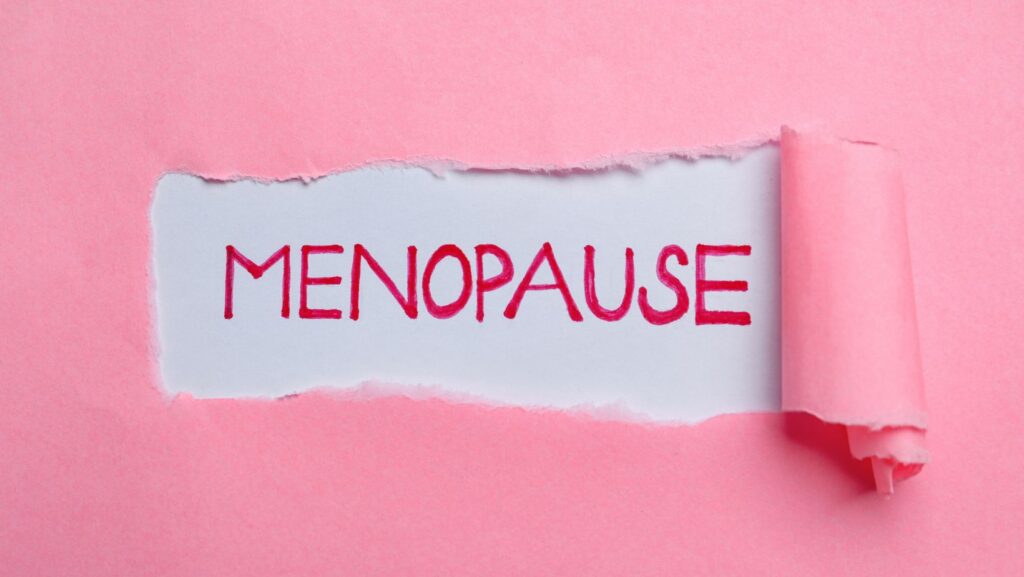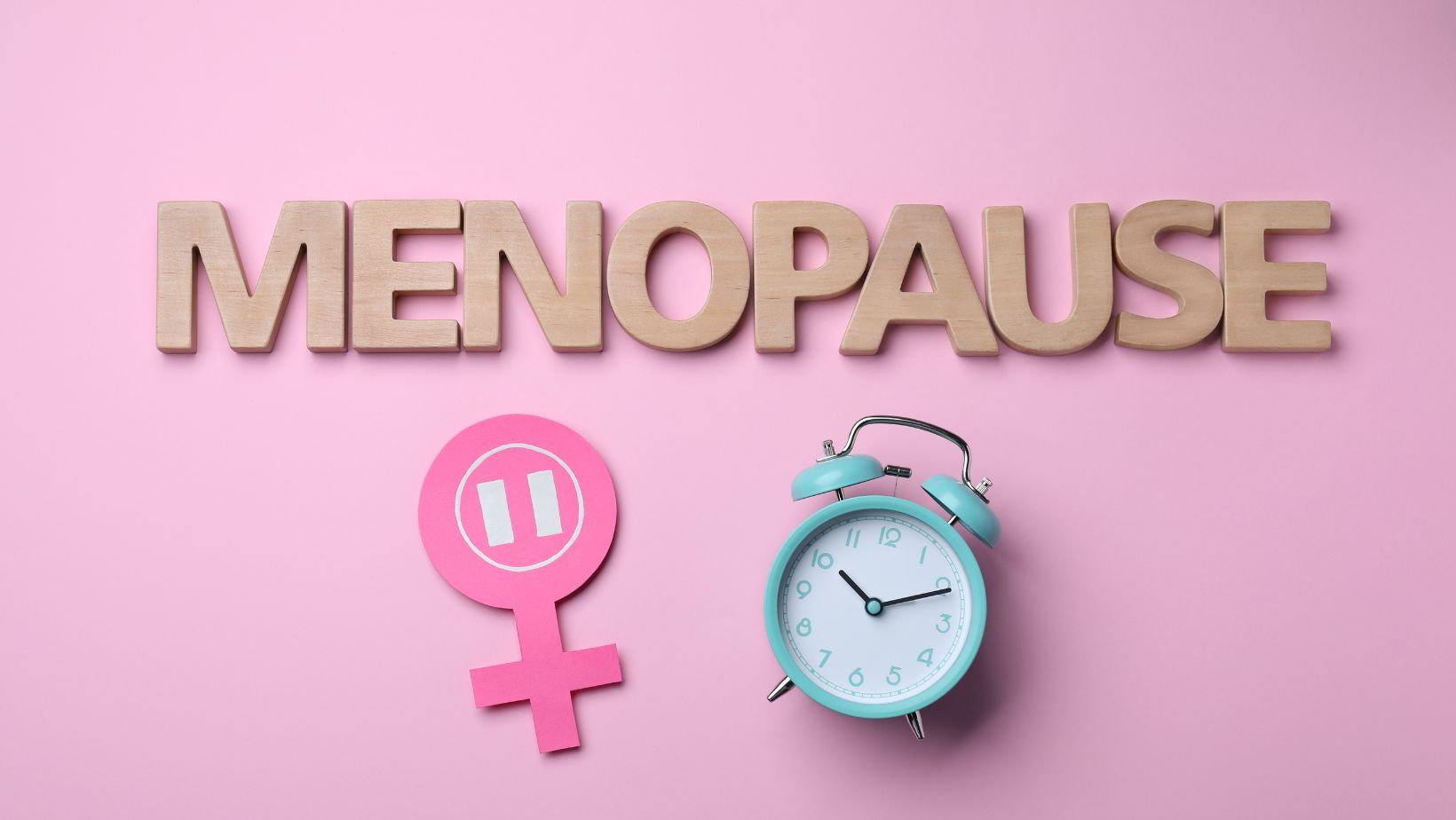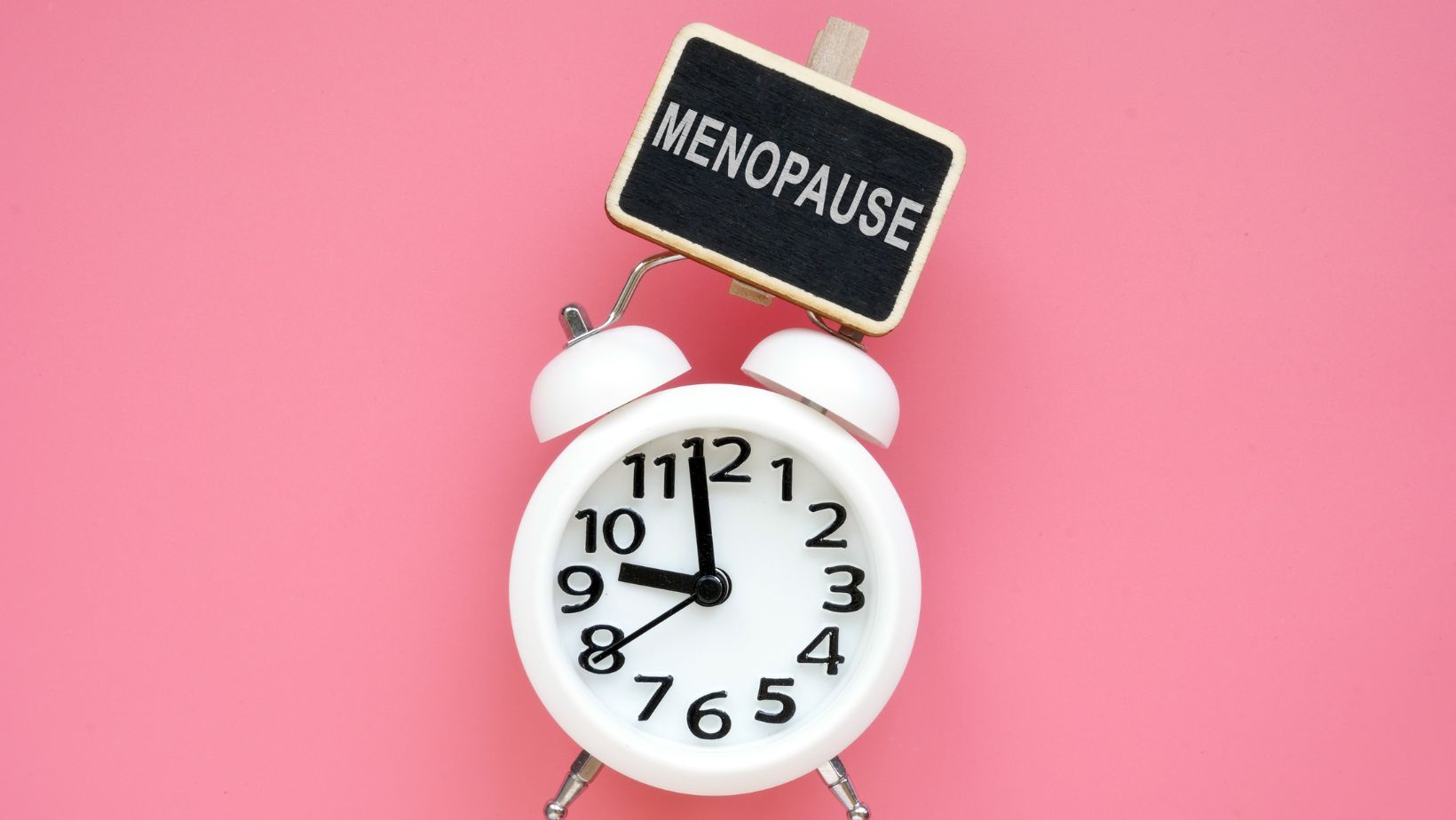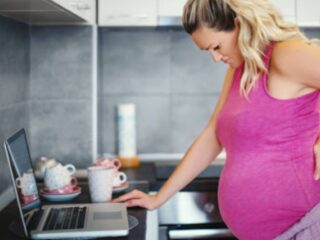
What’s the first thing that comes to mind at the mention of menopause? Hot flashes, sleep issues, and mood swings. Right? That’s not what menopause is only about. It brings many more symptoms – more than you can imagine. Muscle pain and spasms are among the several things that menopause may bring in.
It affects not only your upper body but also your lower portion. Leg pains in menopause are something that many women have complained about. It’s an uncomfortable feeling indeed. Most of my female patients experiencing leg pain in their 40s and 50s have complained of a crawling, throbbing, tingling, and jittery sensation in one or both legs. For tips and products to support muscle health and overall well-being during menopause, explore Vellabio.
Before I get further, here’s a word of introduction about me. Hi! I am Dr. Karen Pike. I have been associated with the medical field for a long time. My curiosity about menopause started as early as 2000. Of the several patients I encountered, I realized that a majority of them lacked awareness about menopause. To help women know and understand menopause, I created Simply Menopause. Let’s get started with our discussion on menopause’s effect on the lower body.
Why Does Menopause Affect Your Lower Body?
The decreased estrogen levels immensely affect your body and won’t spare your legs either. Some researchers in Latin America deduced that menopausal joint pain has a connection with hot flashes and night sweats. A survey conducted in 2011 on 729 women between 40 and 65 years of age showed that most participants experiencing hot flashes and night sweats also had muscular discomfort.
If we were to understand and analyze how menopause affects your legs, estrogen helps in proper blood circulation. A dip in the levels of these hormones affects the circulation and causes the walls and valves of the capillaries, veins, and arteries to lose strength. Menopause is also responsible for fluid imbalance due to the reduced hormone levels. You could dehydrate quickly if you do not maintain a proper fluid intake.
When that happens, it makes you more susceptible to muscle aches and pains. Low estrogen also contributes to inadequate magnesium levels, which trigger muscle aches and spasms.
In What Ways Is Your Lower Body Affected Due to Menopause?
Menopause is often the precursor of muscle pains and cramps, especially if you do not consciously make attempts to alter your lifestyle and stay healthy. Here are some ways your lower body, particularly your legs, gets affected in menopause.
Restless Leg Syndrome
Around 5-10% of individuals in the U.S. experience RLS (Restless Leg Syndrome), which is more common in females than males. Many women have RLS during pregnancy, mainly in the final trimester, that mostly disappear post-delivery. Hormonal imbalances trigger RLS and sometimes could worsen the symptoms in some who already have this condition beforehand.

In menopause, the reduced estrogen levels could result in RLS or aggravate any preexisting condition. The mechanisms of the hormones in triggering RLS remain unknown, though. Some of the symptoms of RLS include:
- Uncomfortable sensations in your leg during rest, which gets better once you start moving
- Worsening of symptoms in the evening
- Aching, creeping, pulling, crawling, throbbing, creeping, and electric shock-like sensations in your leg
- Immense urge to move your legs
Some remedies for relieving yourself when affected by RLS include:
- Massage your legs well
- Take a warm bath in the evenings
- Calm your leg muscles by applying a hot compress
- Indulge in activities that relax your mind
- Go for exercises like walking and stretching, and even try relaxation techniques
Varicose Veins
The reproductive hormones (estrogen and progesterone) help your capillaries and veins function properly, facilitating proper blood flow. The fluctuation in the hormone level thickens the vein’s walls and lessens its flexibility. This puts you at risk of varicose veins. Some signs to watch out for include:
- Pain and swelling in your legs
- Burning and itching sensation in the area surrounding your veins
- Changes in skin color near your veins
- Bluish and bulging veins
- Cramps (mostly at night)
If you are troubled by frequent bouts of varicose veins, here are some tips for you:
- Wear compression stockings as they improve your blood flow.
- Exercise regularly. Daily workouts should include walking, doing calf raises, toe flexes, stretching, and yoga.
- Avoid wearing tight clothes that could exert pressure on your groin, waist, and legs and reduce blood flow.
- Avoid standing or sitting for a long, and take breaks in between to improve your blood flow. When lying down, keep your legs elevated by resting them on three to four pillows.
- Choose low-heeled shoes over the high-heeled ones.
- Consult a vein doctor if symptoms still persist
Cellulite
Hormonal imbalances also result in cellulite, which involves the accumulation of flesh on the buttocks, thighs, and hips. In menopause, there’s a decline in estrogen levels, which also reduces the collagen content in your body.
This, in turn, leads to a fat buildup beneath the skin, alongside a dimpled appearance. Women are more susceptible to developing cellulite than their male counterparts. It is prevalent in almost 90% of women, while just 10% of men go through this condition. Here are some signs that indicate cellulite:
- Dimpled skin around your thighs, buttocks, and abdomen
- Your skin may attain an orange peel or cottage cheese-like texture
When you have cellulite, here are some tips that would help you manage the same:
- Massage the dimpled area properly, especially during a shower or while applying lotion. When you do this regularly, it will help to improve blood circulation and facilitate the body in getting rid of the extra fluid eventually. Thus, the dimples may gradually begin to become less prominent. ,
- If you are obese, try shedding some pounds. Weight loss won’t help the cellulite to go away completely. But it will make it appear less prominent.
- Retinol creams are effective in thickening and lessening the appearance of the cellulite. You must use the retinol cream for at least six months for proper results.
- If you have cellulite on your thighs, wearing stockings of a darker shade may help the cellulite appear uniform and smooth.
Vaginal Dryness
This might look off-topic since we mainly discussed musculoskeletal issues here. Yet, when speaking about the impact of menopause on the lower body, the mention of vaginal dryness is essential.
Estrogen helps maintain the thickness, lubrication, and elasticity of the vagina. The reduced levels of the hormone causes the vaginal walls to become inflamed, dried, and thin, one of the reasons menopause sexcare kit is beneficial. Approximately 50% of females in the post-menopausal phase experience vaginal dryness.
Signs of vaginal dryness include:
- Soreness and itchiness in the areas surrounding the vagina
- Pain and discomfort during sexual awareness
- Increased urge to urinate
- Frequent UTIs (Urinary tract infections)
Here are some tips to manage vaginal dryness in menopause:
- Lubricate with vaginal moisturizers, as it will help to keep your vaginal tissues healthy.
- Avoid products containing dyes and fragrances for washing the vagina. It would irritate the vaginal tissues even more.
- In case of increased vaginal dryness, your doctor may advise estrogen therapies which may include vaginal rings, creams, or tablets.
- Other than vaginal lubricants or moisturizers, avoid applying any other lotions or creams to your vagina. It could result in an infection.
Some Tips to Keep Your Lower Body Healthy In Menopause
Though I have mentioned most of it, here are some quick tips to keep in mind to maintain your lower body when transitioning into menopause.
- Eat a healthy diet that comprises fruits, vegetables, and whole grains. Your diet should have essential nutrients like magnesium, potassium, phosphorus, Vitamin D, and calcium for bone and muscle health.

To maintain good vaginal health, you must include antioxidant-rich foods in your diet. Cranberry juice is one of them. Fruits like pomegranates, raspberries, strawberries, apples, and blueberries also have a high antioxidant content. Foods rich in phytoestrogens, which mimic the properties of estrogen, will also help. Some of them include
- Dehydration makes you more prone to aches and pains. When you remain hydrated, it helps maintain the cartilage’s softness and flexibility, resulting in healthy bones and muscles.
- You should be on the move and follow a proper exercise regime. Low-impact exercises like swimming, walking, rowing, cycling, and yoga help maintain your muscles’ flexibility and strength.
- Maintaining a good sleeping posture helps keep your hip and back in proper shape and even lessens the leg aches immensely. Sleeping flat on your back is an ideal position as that helps to maintain an appropriate posture. However, for side-sleepers, placing pillows between the knees will give them proper support.
- If the leg aches or vaginal problems are due to menopause, hormone replacement therapy (HRT) will help to relieve you of the symptoms to a greater extent. Consult your doctor to know the treatment that suits you the best, alongside the proper dosage.
Conclusion
The hormonal fluctuations are responsible for problems in your lower body, like vaginal dryness and leg ache during menopause. However, if they last for a long time and produce severe symptoms or come into your daily life, seek a doctor’s consultation right away. The reason may be any underlying medical issue, and early intervention may help you reach a quick resolution.
Meta Description: Know how menopause can affect your lower body and cause leg aches and vaginal dryness. Get a detailed insight into the tips for managing these problems.












